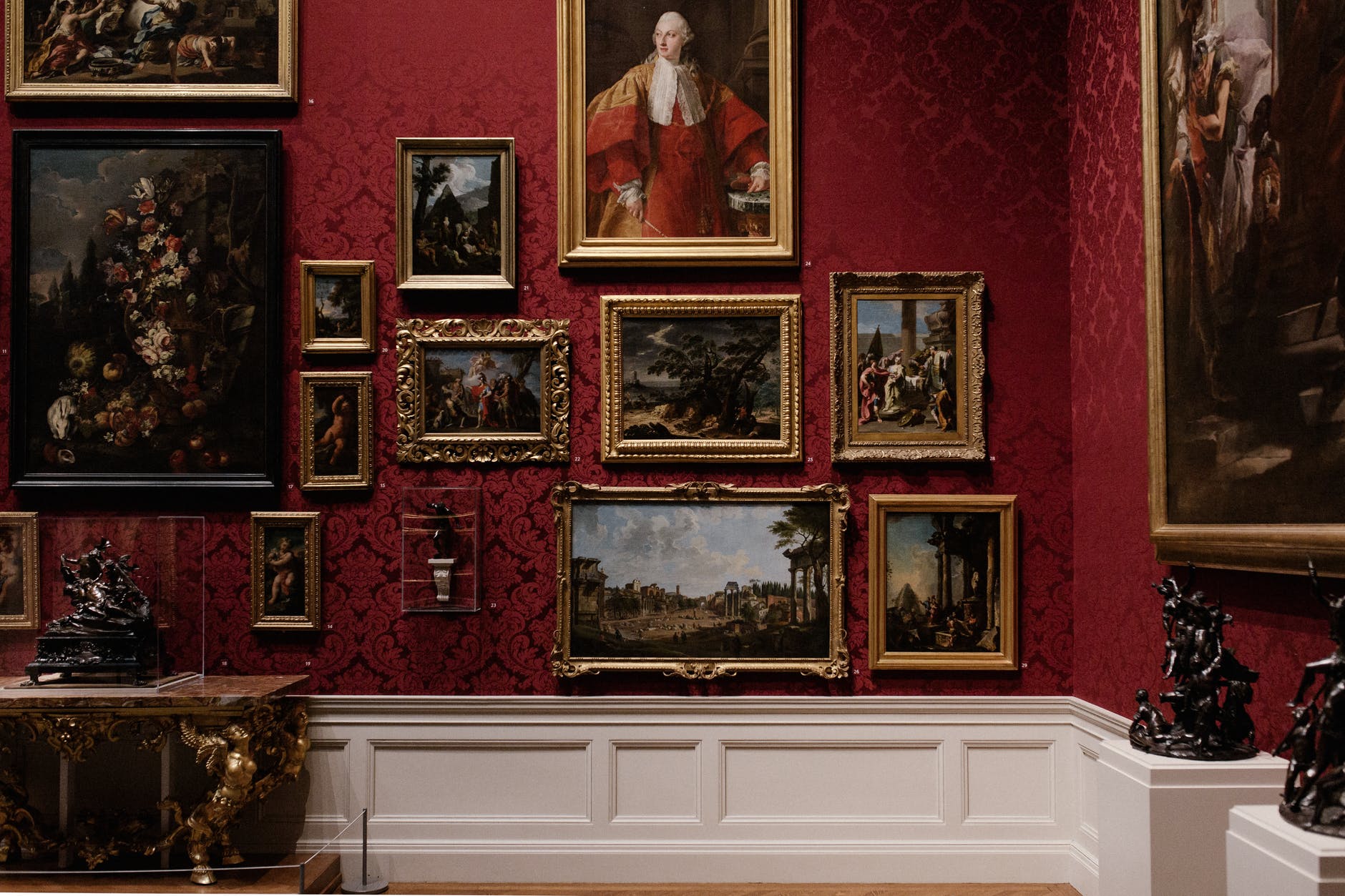The Egyptian Museum – A Monument to Egyptology
I dearly love to travel. And whenever I’m making plans for a trip (because I am one of those people who tends to make a plan for each day of the trip), I usually include a visit to whatever museum(s) happen to be there. In …




